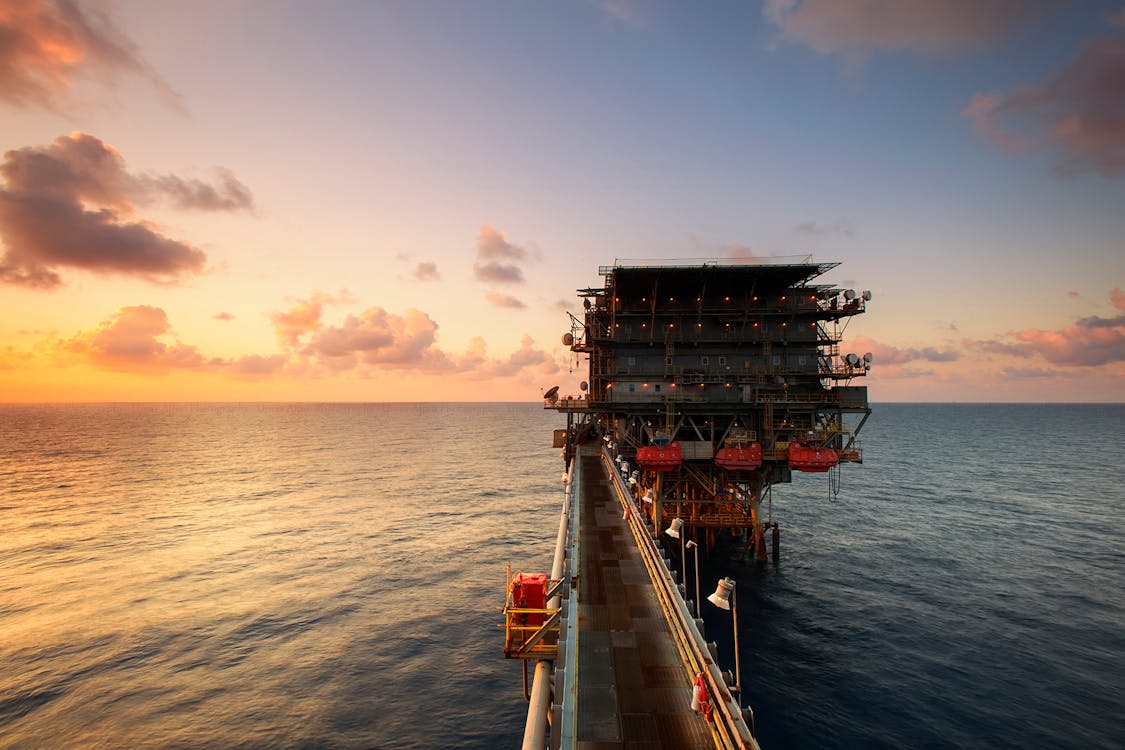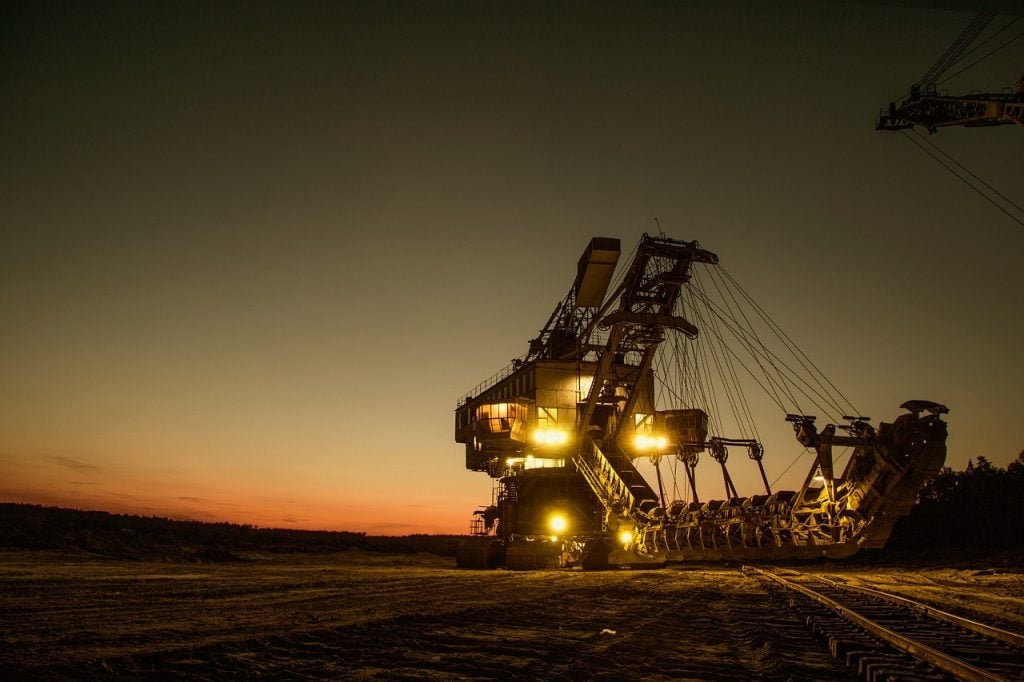The Oil and Gas (O&G) mining industry, a vital component of the global energy landscape, plays a pivotal role in extracting and refining hydrocarbons to meet the world’s ever-growing energy demands.
As a multifaceted industry, the process encompasses exploration, drilling, extraction, refining, and transportation of oil and natural gas resources. As the industry evolves, certain key issues emerge as critical drivers shaping its trajectory. Keep reading to learn about some of the various considerations that play a pivotal role in defining the future of the O&G mining sector.
Historical Evolution: A Trip Down The Memory Lane
The roots of the O&G mining industry can be traced back to the mid-19th century when the first commercial oil well was drilled in Pennsylvania, USA, in 1859. The discovery of oil ushered in a new era, transforming the energy landscape and setting the stage for the industrial revolution.
As the demand for oil and gas surged, the industry expanded globally, with significant discoveries in regions like the Middle East, North Sea, and later, offshore locations.
The early 20th century witnessed the rise of major oil companies, commonly known as the “Seven Sisters,” which exerted considerable influence over the global oil market. The industry continued to evolve with advancements in exploration technologies, drilling techniques, and refining processes.
Exploration
The foundation of the O&G mining industry lies in exploration—the process of identifying potential reservoirs of oil and gas beneath the Earth’s surface.
Modern exploration methods utilize advanced seismic imaging, satellite technology, and geophysical surveys to pinpoint promising locations. Once a viable reservoir is identified, drilling operations commence to extract the hydrocarbons.
Drilling techniques have evolved significantly from traditional rotary drilling to more advanced methods such as directional drilling and hydraulic fracturing (fracking). These innovations have allowed access to unconventional resources like shale gas and tight oil, transforming the industry’s landscape and contributing to shifts in global energy dynamics.
Extraction and Production
The extraction phase involves the actual retrieval of oil and gas from the reservoirs. Primary methods include drilling wells and utilizing various techniques to increase reservoir pressure, facilitating the flow of hydrocarbons. Primary recovery methods typically recover a portion of the hydrocarbons, leaving a significant percentage unrecovered.
To enhance extraction rates, secondary and tertiary recovery methods are employed. Secondary recovery involves injecting water or gas into the reservoir to maintain pressure, while tertiary recovery introduces advanced techniques such as enhanced oil recovery (EOR), where chemicals or heat are used to extract additional hydrocarbons.

Transportation and Distribution
Once extracted, crude oil and natural gas undergo transportation to refineries and distribution points. Fiberglass pipelines and tanks are a common mode of transportation, offering a cost-effective and efficient means to move large quantities of oil and gas over long distances.
Alternatively, oil and gas may be transported via tanker ships, trucks, or rail, depending on the geographical location and infrastructure. Distribution networks are extensive, covering vast regions and connecting refineries to end-users.
This intricate network ensures a reliable supply of refined products such as gasoline, diesel, and aviation fuel to meet the energy demands of consumers, industries, and transportation sectors.
Refining Processes
Refineries play a crucial role in converting crude oil into a diverse range of products. The refining process involves separating the various components of crude oil based on their boiling points.
Distillation, the primary refining process, separates crude oil into different fractions, including gasoline, diesel, jet fuel, and other petrochemicals. Additional refining processes, such as cracking and reforming, modify the molecular structure of hydrocarbons to produce specific products.
Petrochemical Industry
Beyond fuels, the O&G mining industry serves as a foundation for the petrochemical sector, producing a myriad of products essential to modern life. Petrochemicals derived from oil and gas include plastics, synthetic rubber, solvents, fertilizers, and various chemicals used in manufacturing processes. The interconnection between the O&G mining industry and the petrochemical sector underscores the industry’s diverse impact on both energy and materials.
Impactful Challenges Grappling The Oil And Gas (O&G) Mining Industry
Energy Transition and Decarbonization
As the world intensifies efforts to reduce carbon emissions and combat climate change, there is a growing shift towards renewable energy sources. This transition poses a significant threat to the traditional O&G sector, with increasing emphasis on cleaner alternatives such as solar, wind, and electric power.
The industry is witnessing a rise in investments in renewable energy projects, with major O&G companies diversifying their portfolios to include sustainable energy sources. Many are engaging in research and development to innovate sustainable practices and exploring opportunities in solar and wind power, signaling a proactive response to the changing energy landscape.
Geopolitical Uncertainties
Geopolitical dynamics continue to be a key challenge for the O&G mining industry. Tensions in oil-producing regions, trade disputes, and geopolitical shifts can impact the global supply chain and contribute to price volatility. The ongoing geopolitical uncertainties further highlight the industry’s vulnerability to external factors beyond its control.
Oil-producing countries must navigate geopolitical complexities, anticipating and adapting to changes in political climates that may influence resource accessibility, trade routes, and regulatory frameworks to ensure stable production and revenue streams. The geopolitical landscape’s fluid nature requires companies to adopt flexible strategies and risk management measures to mitigate potential disruptions.

Regulatory Changes and ESG Compliance
The O&G mining industry is subject to an evolving regulatory landscape, with an increasing focus on Environmental, Social, and Governance (ESG) criteria. Governments and international bodies are tightening regulations to address environmental concerns, social impacts, and corporate governance practices within the industry. Compliance with these regulations poses both operational and financial challenges.
Companies are adapting to this regulatory shift by incorporating sustainability practices, reducing carbon footprints, and enhancing transparency in reporting. ESG considerations are becoming integral to decision-making processes, influencing investments and shaping the industry’s long-term viability.
Technology Disruptions
The O&G mining industry is witnessing rapid technological advancements, presenting both opportunities and challenges. Automation, artificial intelligence, and digitalization are transforming operational processes, enhancing efficiency, and reducing costs.
However, the industry must contend with the associated workforce transitions, cybersecurity threats, and the substantial investments required to adopt and implement these technologies.
To stay competitive, O&G companies are investing in digital technologies to optimize exploration, drilling, and production processes. However, addressing the workforce impact through reskilling and upskilling initiatives is crucial for a smooth transition.
Fluctuating Oil Prices
Volatility in oil prices remains a perennial challenge for the O&G mining industry. Factors such as geopolitical events, supply-demand imbalances, and global economic conditions contribute to price fluctuations. This uncertainty impacts investment decisions, project viability, and the financial stability of companies in the sector.
Companies are increasingly adopting risk management strategies and scenario planning to navigate volatile market conditions. Diversification, cost-efficiency measures, and agility in response to market dynamics are crucial for mitigating the impact of fluctuating oil prices.
Energy Security and Supply Chain Risks
Ensuring energy security remains a priority for nations heavily reliant on O&G resources. Supply chain disruptions, geopolitical tensions, and the potential vulnerability of critical infrastructure pose risks to the reliable supply of energy. Ensuring resilience in the face of these challenges is a central concern for the O&G mining industry.
Diversifying energy sources, investing in infrastructure resilience, and engaging in international collaborations to enhance energy security are key strategies being pursued by O&G companies and governments alike.
Decommissioning and Abandonment
The O&G mining industry faces challenges related to the decommissioning and abandonment of aging infrastructure. As oil fields mature, the cost and complexity of decommissioning wells, platforms, and other facilities escalate.
Addressing environmental considerations during decommissioning adds a layer of complexity. Companies are proactively planning for decommissioning by setting aside funds and developing comprehensive strategies to minimize environmental impact. Innovations in decommissioning technologies and practices are also emerging to address these challenges.
Social License to Operate
Securing and maintaining a social license to operate is increasingly crucial for O&G companies. Public perception, community engagement, and social impact assessments play a pivotal role in determining whether projects move forward. Striking a balance between economic development and environmental and social considerations is a delicate challenge.
O&G companies are investing in community engagement, social responsibility initiatives, and transparent communication to build and sustain a positive relationship with local communities. Demonstrating commitment to environmental stewardship and social welfare is integral to maintaining a social license to operate.
Capital Expenditure Constraints
The capital-intensive nature of the O&G mining industry makes it susceptible to capital expenditure constraints. Economic uncertainties, fluctuations in oil prices, and the increasing focus on ESG criteria can limit the availability of capital for exploration, development, and maintenance of infrastructure.
Companies are reassessing their capital expenditure plans, focusing on projects with higher returns, and adopting cost-effective technologies to optimize spending. Strategic collaborations and partnerships are being explored to share the financial burden of major projects.

Shifting Consumer Preferences
Changing consumer preferences and attitudes toward energy consumption pose a challenge for the O&G mining industry. The rise of electric vehicles, increased energy efficiency measures, and a growing demand for sustainable practices are reshaping the energy landscape.
Investments in research and development for cleaner technologies are on the rise to secure a sustainable future. O&G companies can diversify their portfolios and explore opportunities in renewable energy sources to align with changing consumer preferences with cutting-edge technologies and oil and gas equipment by CNPS.
Our company is dedicated to promoting responsible energy extraction while helping O&G companies grapple with the ever-evolving roadblocks and ensuring profitability.
We offer a range of high-quality oil and gas services and equipment, renewable energy solutions, and electronic products for O&G companies striving to thrive in a dynamic and rapidly changing global landscape.
Explore the possibilities to embrace innovation, sustainability, and resilience.


